The magic of film scoring lies in its ability to transcend time, turning fleeting images into eternal memories. A well-composed score doesn’t just accompany a scene—it breathes life into it, shaping emotions and etching moments into the collective consciousness. From the haunting strains of Bernard Herrmann’s violins in Psycho to John Williams’ triumphant brass in Star Wars, these melodies become inseparable from the visuals they underscore. The right music doesn’t merely enhance a film; it becomes its soul.
Consider the opening notes of Jurassic Park. Before a single dinosaur appears on screen, John Williams’ sweeping orchestration transports audiences to a world of wonder and danger. The music doesn’t just set the tone—it is the tone. Similarly, Hans Zimmer’s relentless ticking in Dunkirk isn’t just a soundtrack; it’s a psychological weapon, ratcheting up tension until it becomes unbearable. These composers understand that film music isn’t background noise—it’s a character in its own right.
What makes certain scores unforgettable? Often, it’s their simplicity. The two-note motif of Jaws proves that terror doesn’t require complexity. Ennio Morricone’s whistling theme for The Good, the Bad and the Ugly demonstrates how a single melody can encapsulate an entire genre. These themes stick because they’re primal—they bypass intellect and speak directly to our nervous systems. Decades later, they still trigger visceral reactions.
The relationship between composer and filmmaker resembles a dance. When collaboration works perfectly, as with Alfred Hitchcock and Bernard Herrmann, the result feels inevitable. Herrmann’s shrieking strings during the Psycho shower scene didn’t just mirror the violence—they invented a new cinematic language for horror. Similarly, the marriage of Spielberg’s visuals with Williams’ music created moments where image and sound fused into something greater than their parts.
Modern films continue this tradition, though with evolving techniques. Ludwig Göransson’s score for Oppenheimer uses quantum physics concepts translated into musical patterns, while Hildur Guðnadóttir’s cello in Joker becomes the protagonist’s unraveling psyche. Today’s composers still chase what Max Steiner pioneered in 1933’s King Kong—the alchemy that makes audiences feel rather than just watch.
Some scores outlive their films entirely. Nino Rota’s The Godfather theme now symbolizes organized crime across pop culture. Vangelis’ Chariots of Fire overture transcends its Olympic story to represent any triumph of the human spirit. These pieces detach from their origins, becoming cultural shorthand for emotions we struggle to name.
The digital age hasn’t diminished film music’s power—it’s democratized it. TikTok trends now spring from scores like Hans Zimmer’s Interstellar organ motifs. Streaming allows instant access to complete orchestral recordings where previous generations might only own the main theme. Yet the magic remains unchanged: when those first notes play, we’re transported back to the moment the music first imprinted itself on our memories.
Perhaps this explains why certain melodies give us chills years later. They’re not just reminders of stories we love—they’re time machines. The Harry Potter theme doesn’t just represent a boy wizard; it carries the weight of childhood wonder for millions. That’s the true sorcery of film scores: they don’t just help us remember—they make us feel remembered moments all over again.
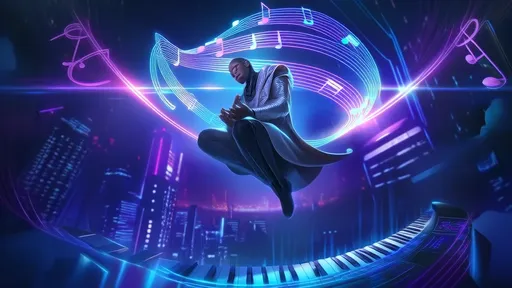
By /Aug 7, 2025

By /Aug 7, 2025
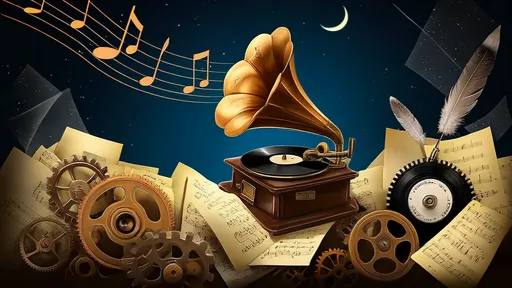
By /Aug 7, 2025
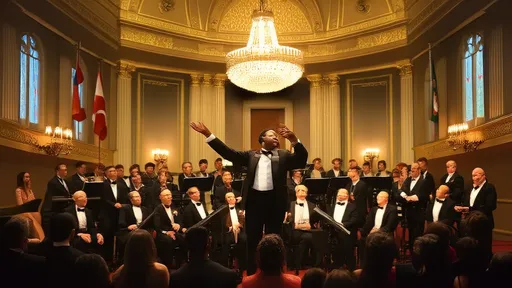
By /Aug 7, 2025
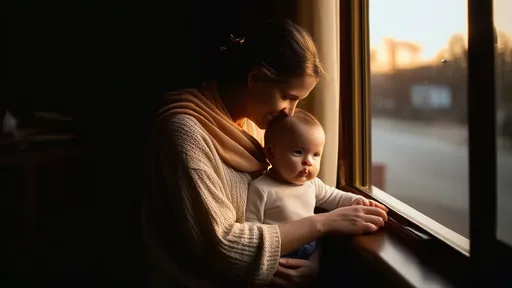
By /Aug 7, 2025
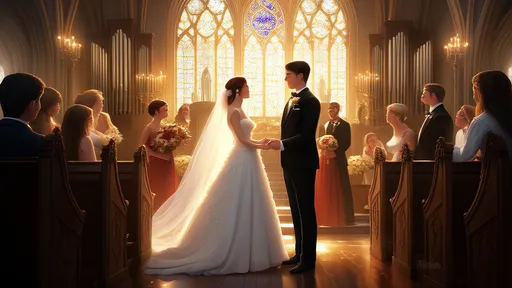
By /Aug 7, 2025
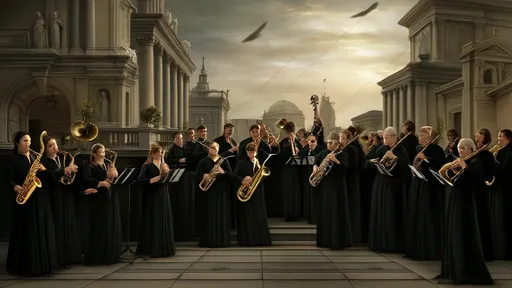
By /Aug 7, 2025
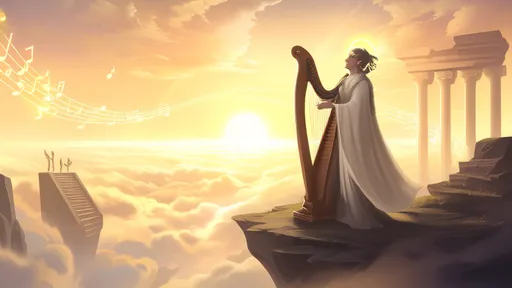
By /Aug 7, 2025
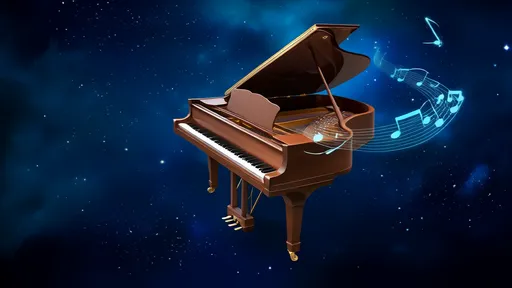
By /Aug 7, 2025
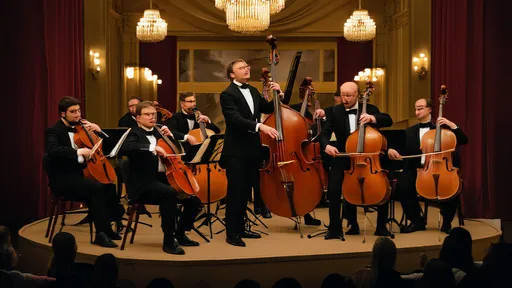
By /Aug 7, 2025
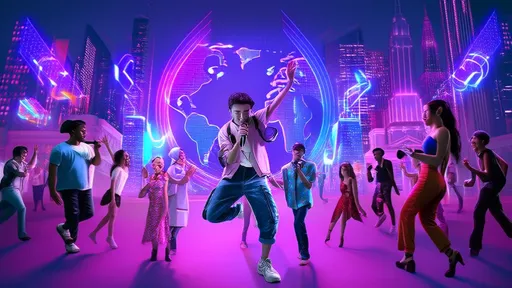
By /Aug 7, 2025
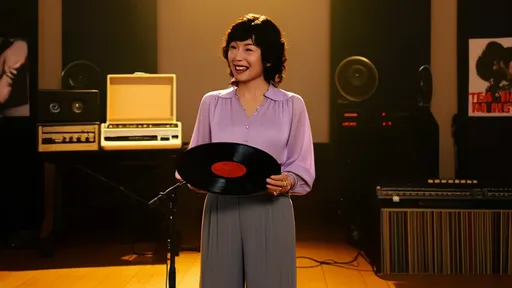
By /Aug 7, 2025

By /Aug 7, 2025

By /Aug 7, 2025
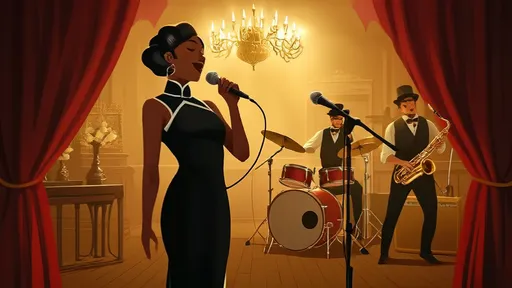
By /Aug 7, 2025
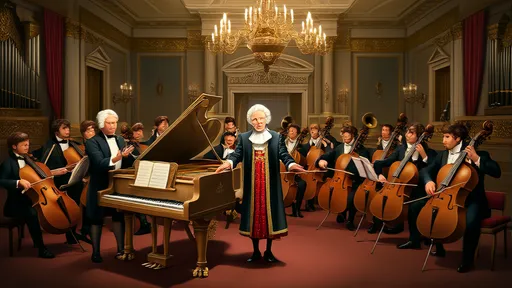
By /Aug 7, 2025
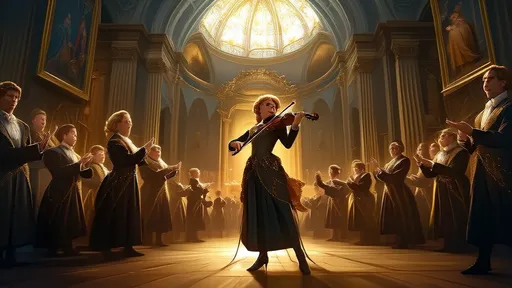
By /Aug 7, 2025

By /Aug 7, 2025
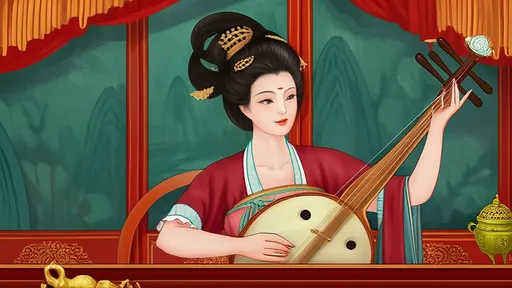
By /Aug 7, 2025
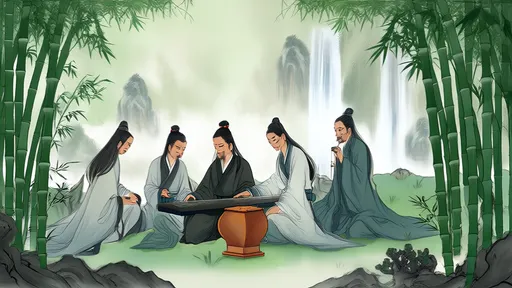
By /Aug 7, 2025